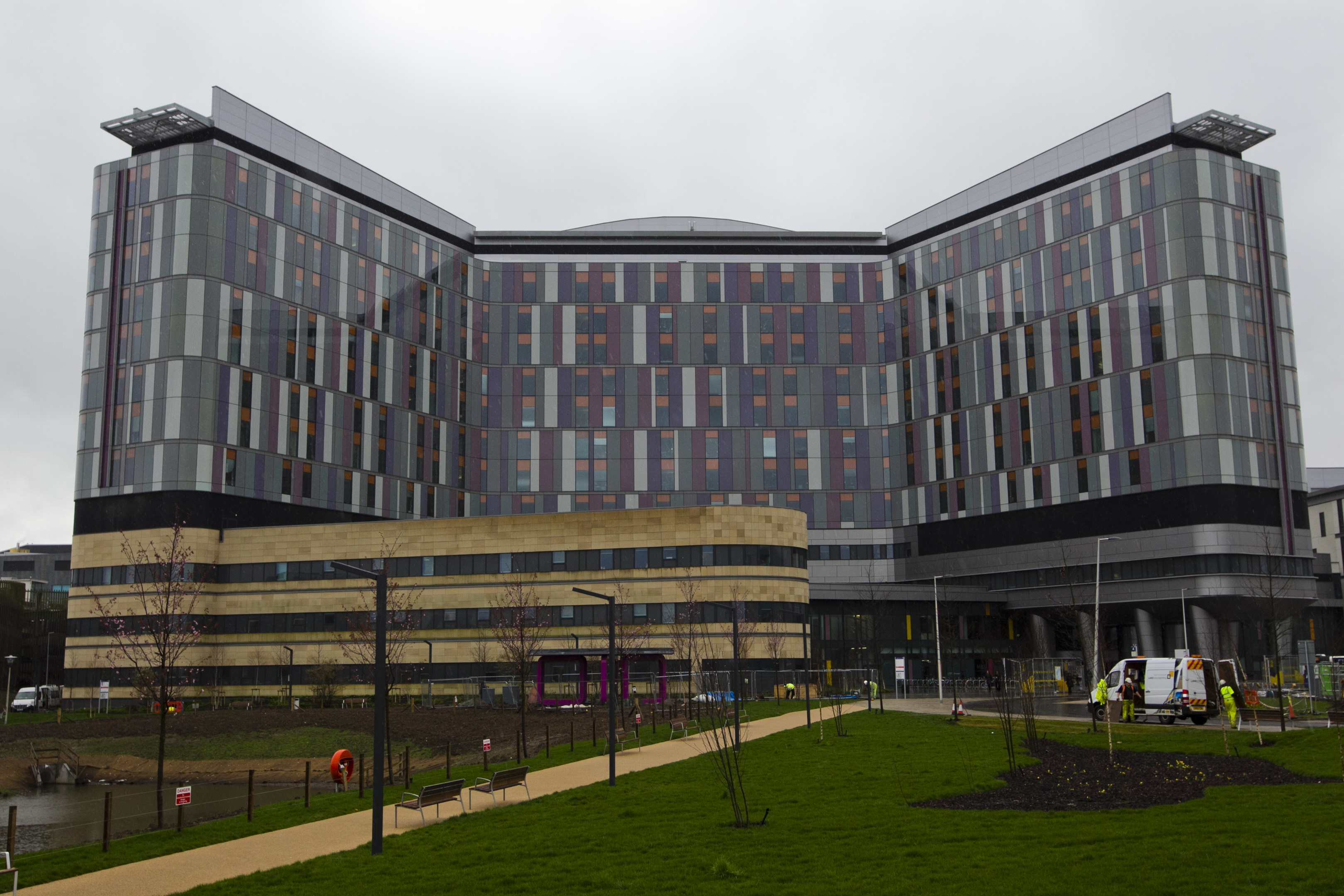
TWO patients have died after contracting a fungal infection linked to pigeon droppings at a hospital.
NHS Greater Glasgow and Clyde (NHSGCC) has launched a probe into the death of one patient at Queen Elizabeth University Hospital in Glasgow, with the cause still to be determined.
The health board said the second patient affected – who was elderly – died of an unrelated matter.
Control measures were immediately put in place after the two cases of Cryptococcus were detected.
A spokesman said: “Our thoughts are with the families at this distressing time.
“Due to patient confidentiality we cannot share further details of the two cases.
“The organism is harmless to the vast majority of people and rarely causes disease in humans.”
The infection is caused by inhaling the fungus Cryptococcus, primarily found in soil and pigeon droppings.
NHSGCC said a likely source was found in a non-public area away from wards and the droppings were removed.
The health board said a small number of child and adult patients who are vulnerable to the infection are receiving medication and this has proved effective.
Teresa Inkster, NHSGCC lead consultant for infection control, said: “Cryptococcus lives in the environment throughout the world. It rarely causes infection in humans.
“People can become infected with it after breathing in the microscopic fungi, although most people who are exposed to it never get sick from it.
“There have been no further cases since the control measures were put in place.
“In the meantime we are continuing to monitor the air quality and these results are being analysed.
“It remains our priority to ensure a safe environment for patients and staff.”
As an extra precaution the health board has installed portable HEPA filter units in specific areas, which filter the air continuously.
NHSGCC said that during the course of investigations, a separate issue arose with the sealant in some of the shower rooms.
Repairs are under way and the maintenance team is working to fix the issue as quickly as possible with minimum disruption, it said.
The health board added that as a further precaution, a specific group of patients are being moved within the hospital due to their clinical diagnosis and ongoing treatment.

Enjoy the convenience of having The Sunday Post delivered as a digital ePaper straight to your smartphone, tablet or computer.
Subscribe for only £5.49 a month and enjoy all the benefits of the printed paper as a digital replica.
Subscribe